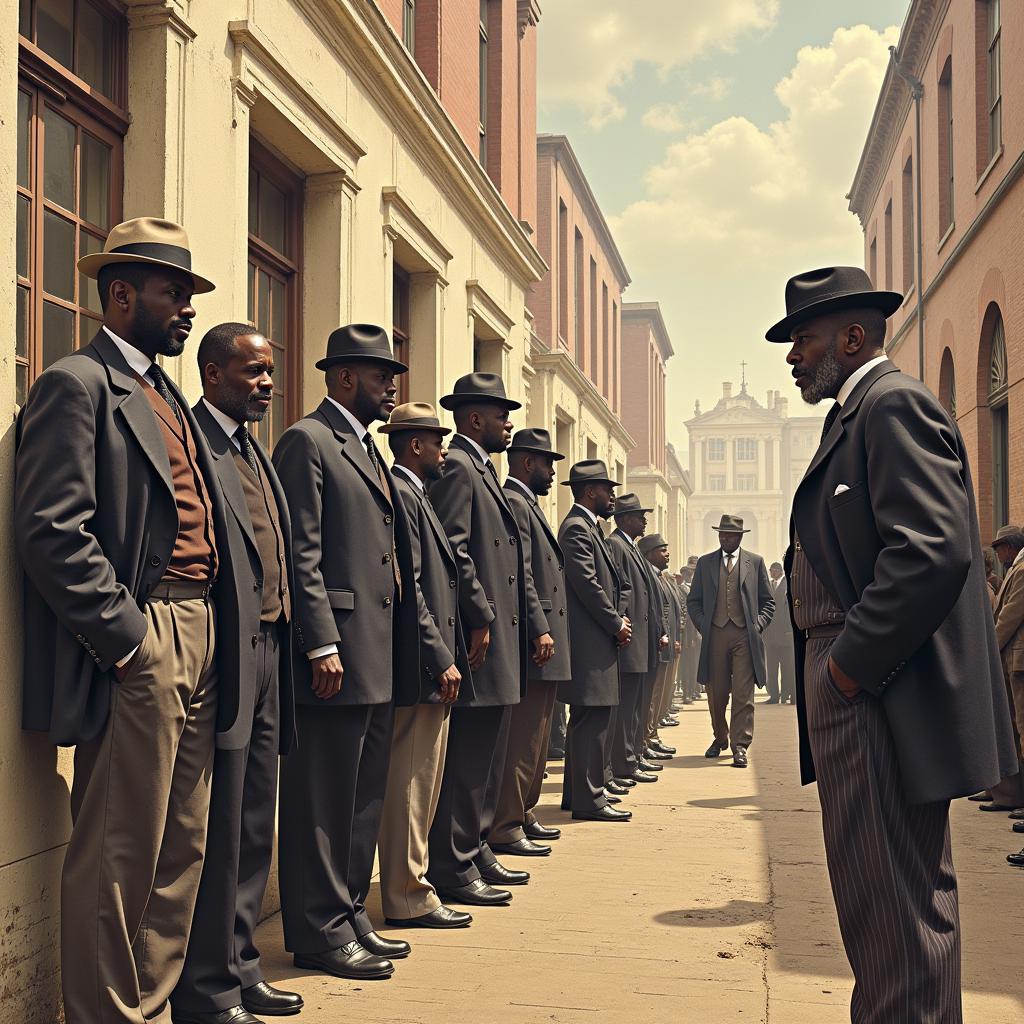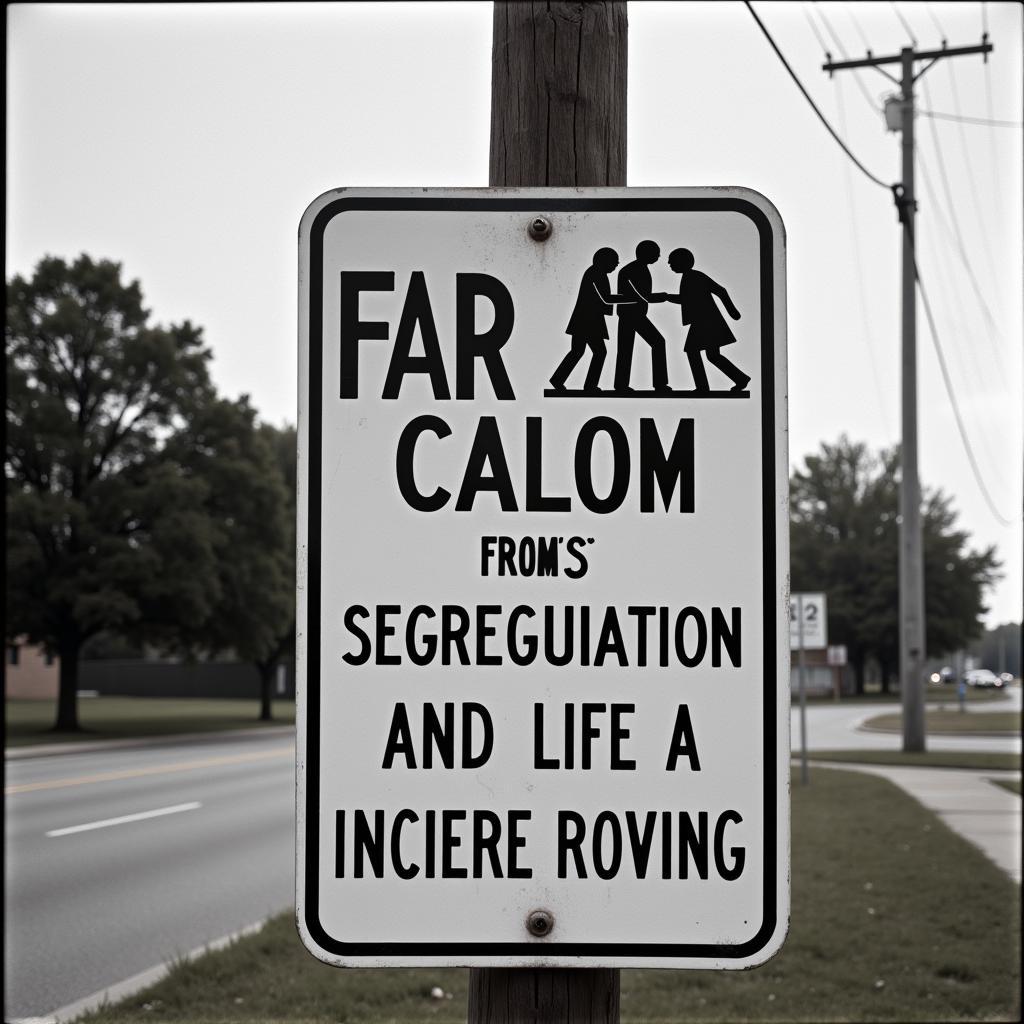Life for African Americans After the Civil War: A Time of Hope and Struggle
The end of the Civil War in 1865 marked a pivotal moment in American history, particularly for African Americans. While the Emancipation Proclamation of 1863 had declared their freedom, the years following the war, known as Reconstruction, would prove to be a time of both immense hope and relentless struggle for newly freed African Americans.
The Promise and Reality of Reconstruction
Reconstruction promised a new era for African Americans, one where they could exercise their newfound freedom and rebuild their lives. The period saw the ratification of the 13th, 14th, and 15th Amendments to the Constitution, abolishing slavery, granting citizenship, and guaranteeing voting rights for Black men, respectively.
 African Americans Exercising Their Right to Vote
African Americans Exercising Their Right to Vote
However, the reality of Reconstruction was far more complicated than the promise. While there were significant advancements, like the establishment of African American schools and the election of Black officials to local, state, and even federal government, these achievements were met with fierce resistance from white Southerners.
The Rise of Jim Crow and the Struggle for Equality
As federal troops withdrew from the South in 1877, the fragile progress of Reconstruction began to unravel. White Southerners, resentful of the changes brought by the war and Reconstruction, implemented a series of laws known as Jim Crow laws. These laws aimed to disenfranchise African Americans and enforce racial segregation in all aspects of public life.
 Jim Crow Segregation Sign
Jim Crow Segregation Sign
African Americans faced violence, intimidation, and economic hardship. Despite these challenges, they exhibited remarkable resilience and determination in their fight for equality. They established their own churches, businesses, and communities, fostering self-help and mutual support. Figures like Booker T. Washington and W.E.B. Du Bois emerged as prominent voices, advocating for African American advancement through education, economic empowerment, and civil rights activism.
The Great Migration and the Dawn of a New Century
The turn of the 20th century saw a mass exodus of African Americans from the South to the North and Midwest in what became known as the Great Migration. Seeking better opportunities and fleeing the oppressive conditions of the Jim Crow South, African Americans contributed significantly to the growth of industrial cities like Chicago, New York, and Detroit.
This migration, however, did not mark the end of their struggles. African Americans continued to face discrimination and segregation in their new environments, albeit in different forms. Yet, their resilience and determination remained undeterred. They built upon the foundations laid during Reconstruction, establishing vibrant cultural movements like the Harlem Renaissance and continuing their fight for civil rights, laying the groundwork for the momentous changes that would come in the latter half of the 20th century.
Conclusion: A Legacy of Resilience and the Ongoing Fight for Equality
The period after the Civil War was a time of immense complexity for African Americans. It was a time marked by both significant strides towards equality and relentless struggles against deeply ingrained racism and discrimination. Understanding this period is crucial to comprehending the ongoing fight for racial justice in America today. The legacy of resilience, determination, and unwavering hope that characterized the African American experience after the Civil War continues to inspire generations in their pursuit of a more just and equitable society.

